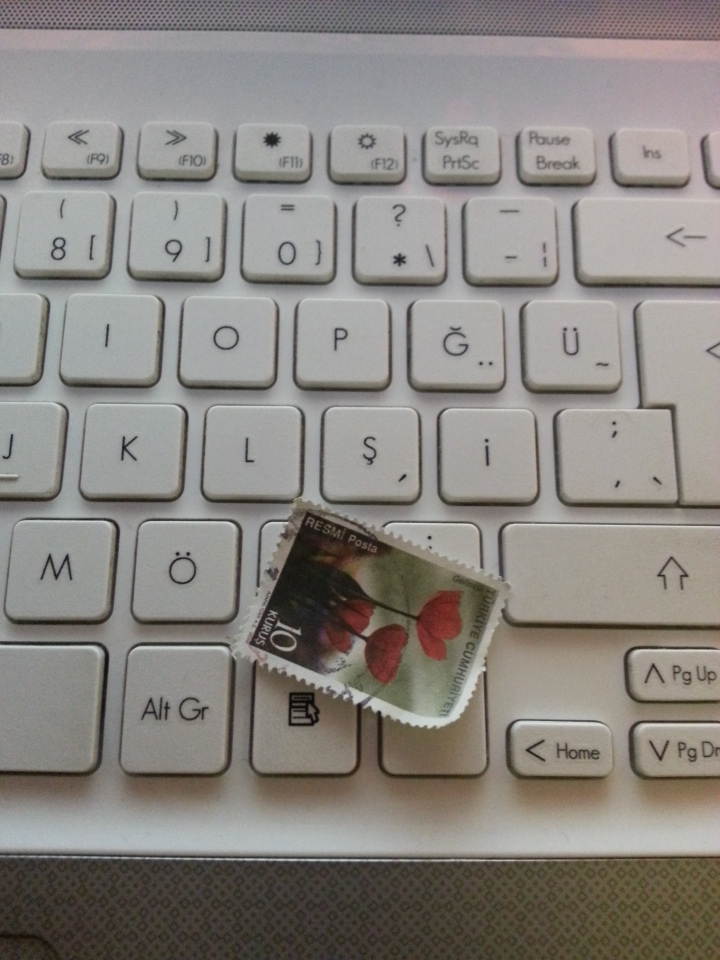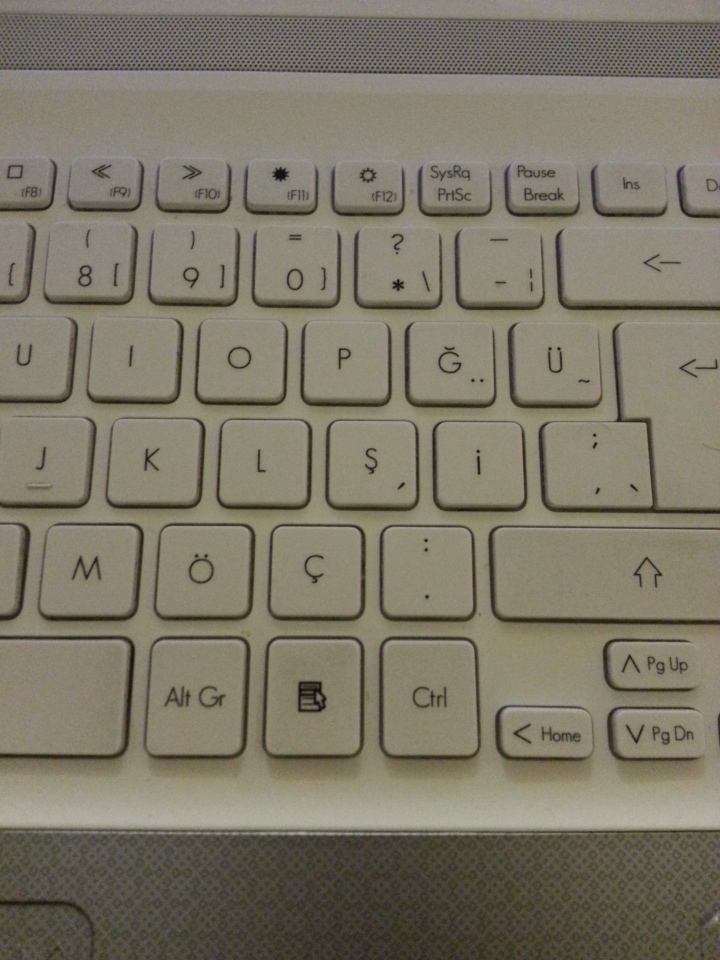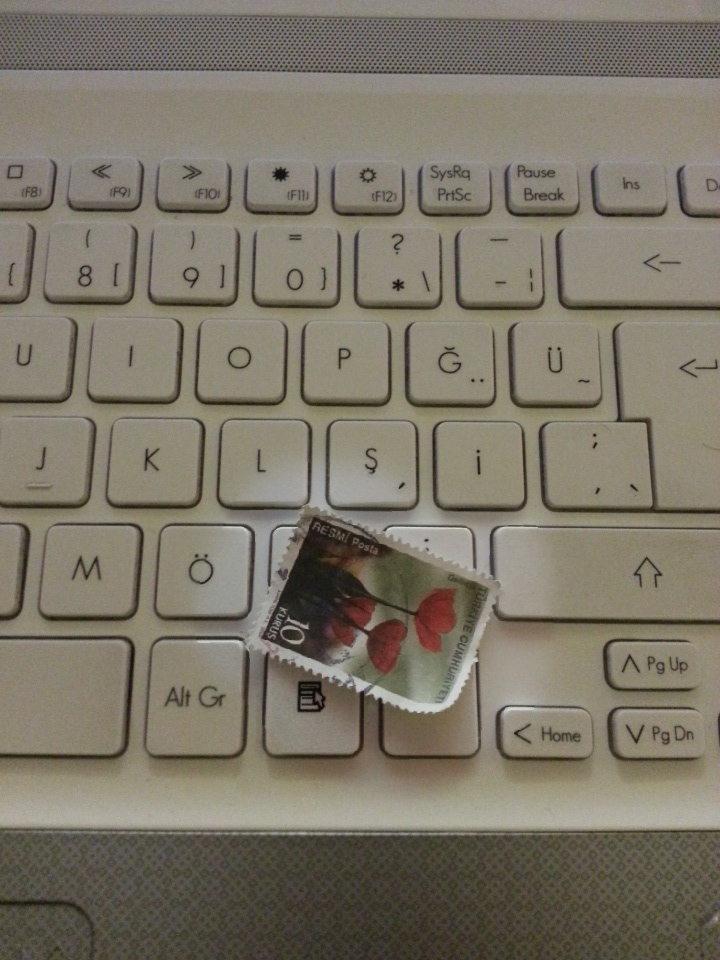How to solve lighting differences on stitching images?
I am trying to copy a small image to a bigger image, both images are from the same scene and they are aligned very well. I am using laplacian blending which makes it look seamless. I have one problem that i couldn’t solve yet, which is Illumination problem. Both photos are from same scene and they have taken with very small time difference however there is still some color changes because of lightining differences. I have tried to solve this problem with using ExposureCompansation class from opencv stitching module, unfortunately i couldn’t make it to work and it is poorly documented and when i search for it i find similar problems asked on stackoverflow and none of them answered yet. So it seems i need to develop my own solution for this Illumination problem and i don’t know where to start. Please tell me where to start.
Source Images 
Destination Image 
Result Image with problem 

